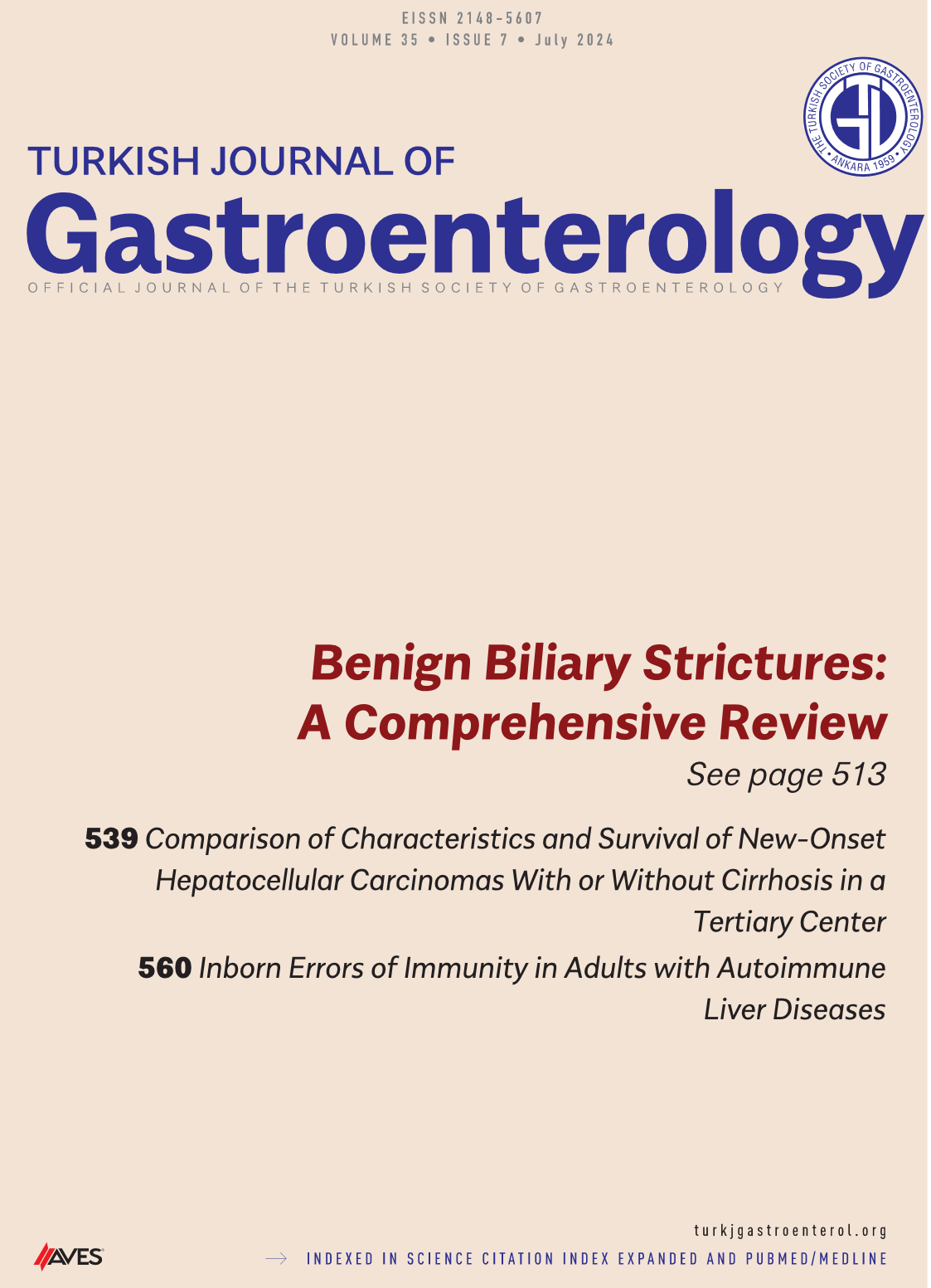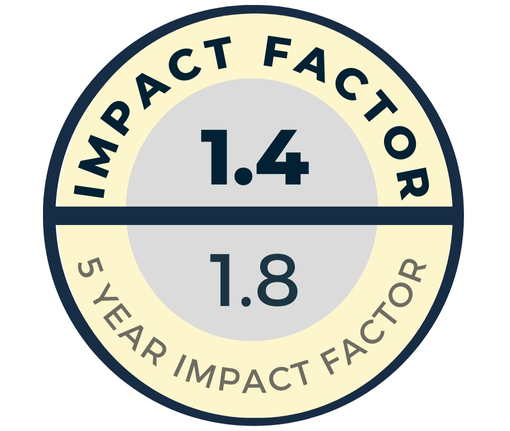Background/Aims: Liver fatty acid-binding protein (LFABP) controls hepatocyte lipid metabolism and can be a biomarker in liver diseases. We compared the correlation of LFABP levels with liver histology in viral hepatitis and nonalcoholic fatty liver disease (NAFLD) and investigated the utility of serum LFABP as a biomarker for liver damage.
Materials and Methods: We included 142 patients (60 chronic viral hepatitis B [CHB], 35 chronic viral hepatitis C [CHC], 47 NAFLD) and 40 healthy controls. LFABP levels were determined in all participants, and a liver biopsy was performed on patients. The nonalcoholic steatohepatitis (NASH) activity score (NAS), hepatosteatosis, liver inflammation, and fibrosis were evaluated for NAFLD patients. Ishak’s histological scores were used for viral hepatitis. The correlation between LFABP levels and histologic scores was assessed in each group.
Results: Serum LFABP levels in CHB, CHC, NAFLD, and control groups were 2.2, 3.5, 7.6, and 2.1 ng/mL, respectively. LFABP levels were significantly higher in the NAFLD group compared to the control, CHC, and CHB groups. LFABP was significantly higher in the NASH group than in nonalcoholic steatohepatitis, 8 ng/mL and 5.4 ng/mL, respectively (P = .001). In the NAFLD group, LFABP levels showed a moderate positive correlation with NAS score (r = 0.58, P < .001), ballooning degeneration (r = 0.67, P < .001), and lobular inflammation (r = 0.62, P < .001). A logistic regression study showed that the level of LFABP was predictive of NASH independent of age, gender, homeostasis model of IR, body mass index, aspartate aminotransferase, and alanine aminotransferase (OR = 1.869, P = .01).
Conclusion: LFABP specifically correlates with liver histology in NAFLD compared to viral hepatitis. Additionally, it can distinguish NASH from simple steatosis. LFABP may be a valuable biomarker for hepatocyte injury in NASH.
Cite this article as: Şen İ, Dumlu Ş. Liver fatty acid-binding protein is a more reliable biomarker for liver injury in non-alcoholic steatohepatitis than other etiologies of hepatitis. Turk J Gastroenterol. 2024. [epub ahead of print]




.png)
